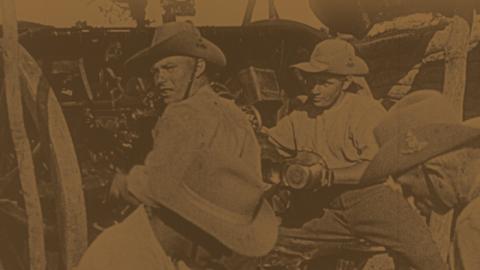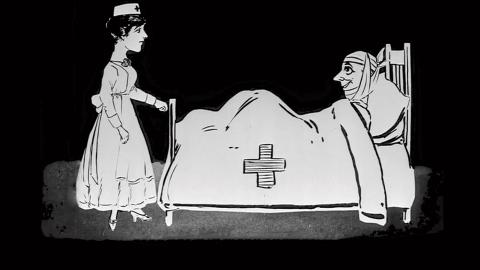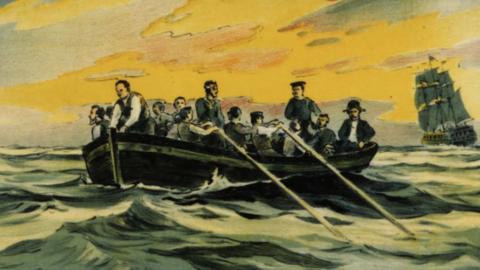
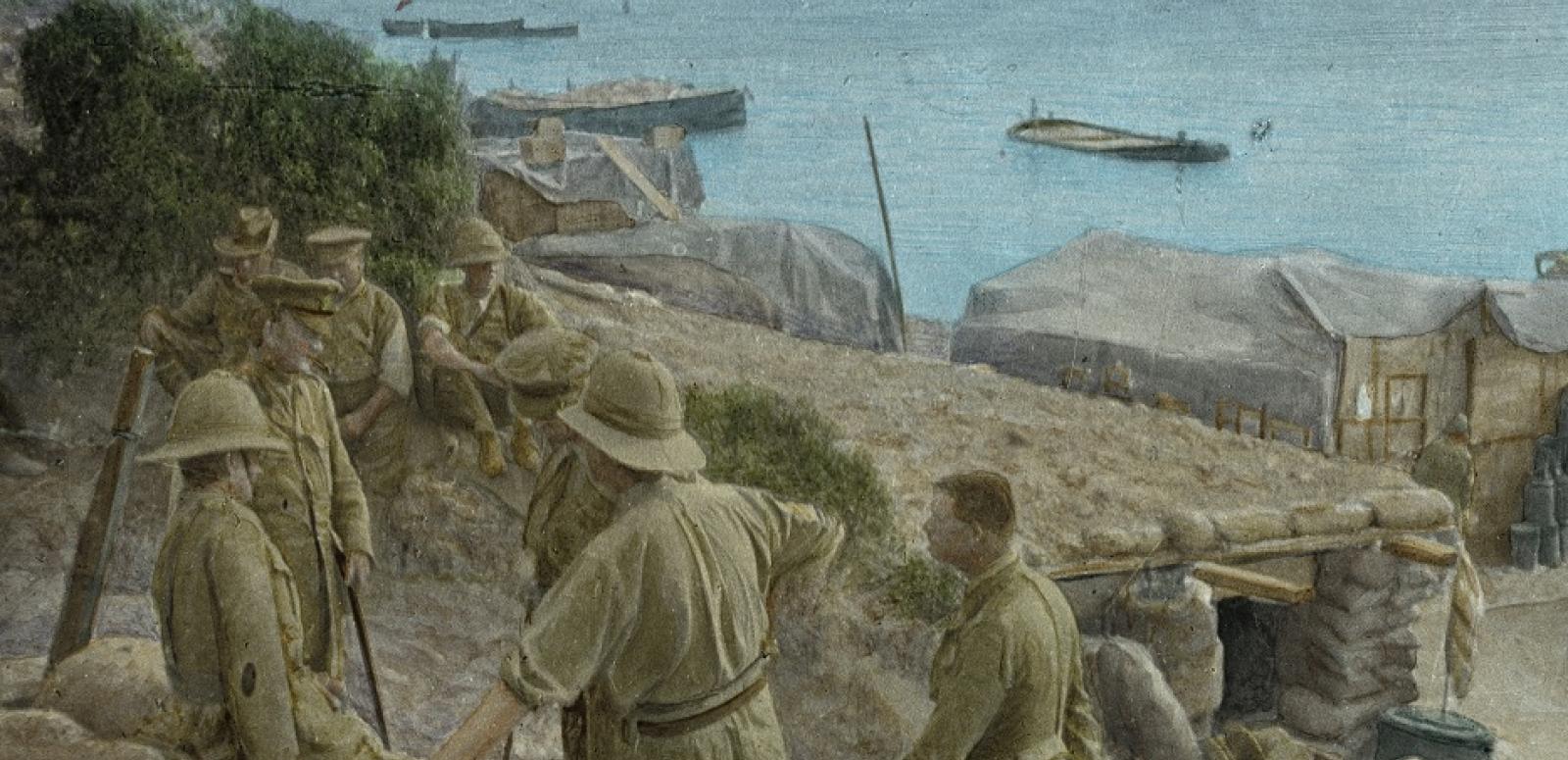
Gallipoli Campaign
Gallipoli Campaign
This collection includes images of Anzac troops in Egypt and Gallipoli, some beautiful hand-tinted glass slides and a couple of popular songs from the First World War era.
Australia’s baptism of fire in the First World War took place with the landings on the Gallipoli Peninsula of Turkey on 25 April 1915.
The Australian Imperial Force sailed in convoy from Albany, Western Australia, landing in Egypt where they formed the Australian and New Zealand Army Corps under the command of Lieutenant-General Sir William Birdwood.
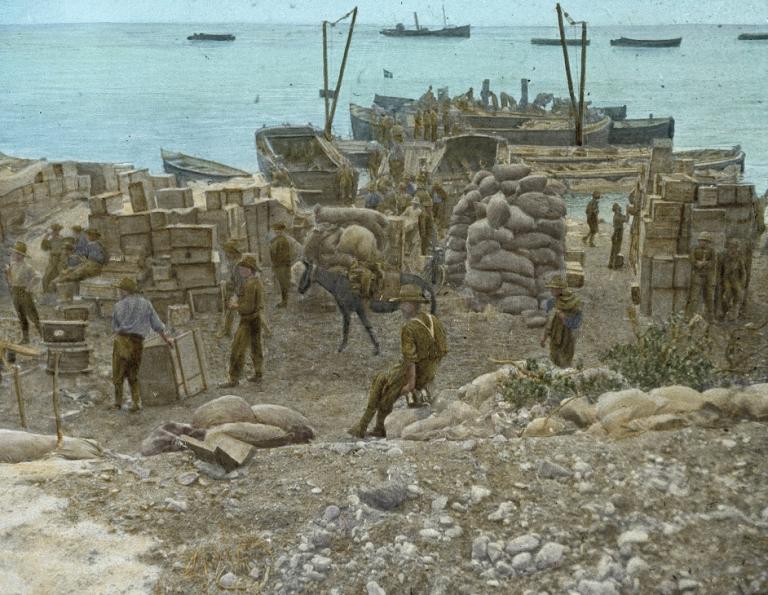
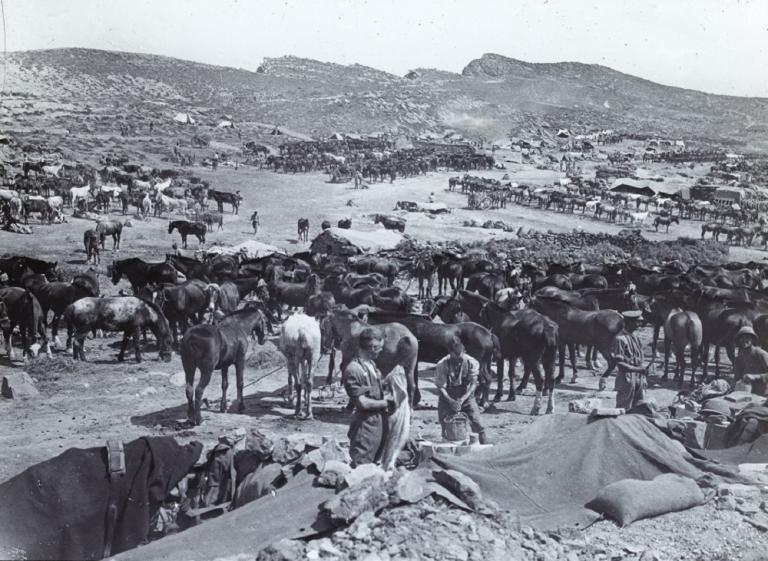
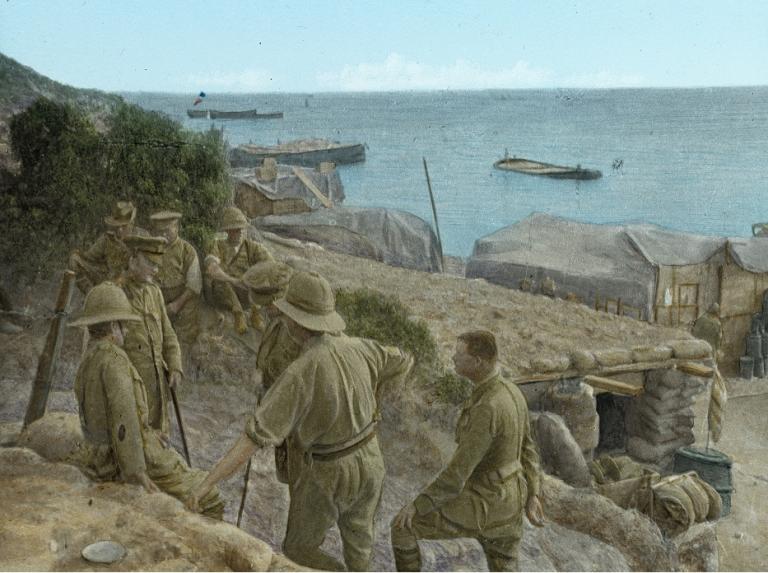
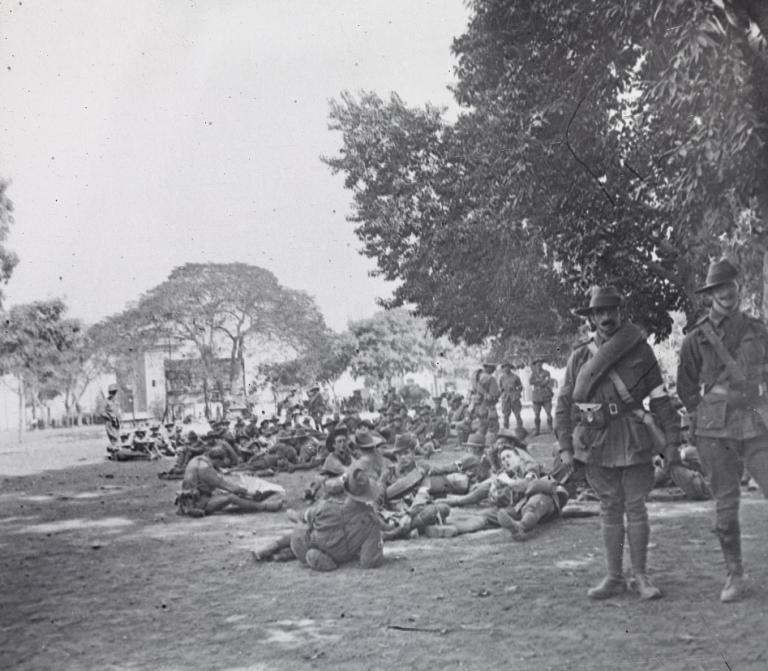
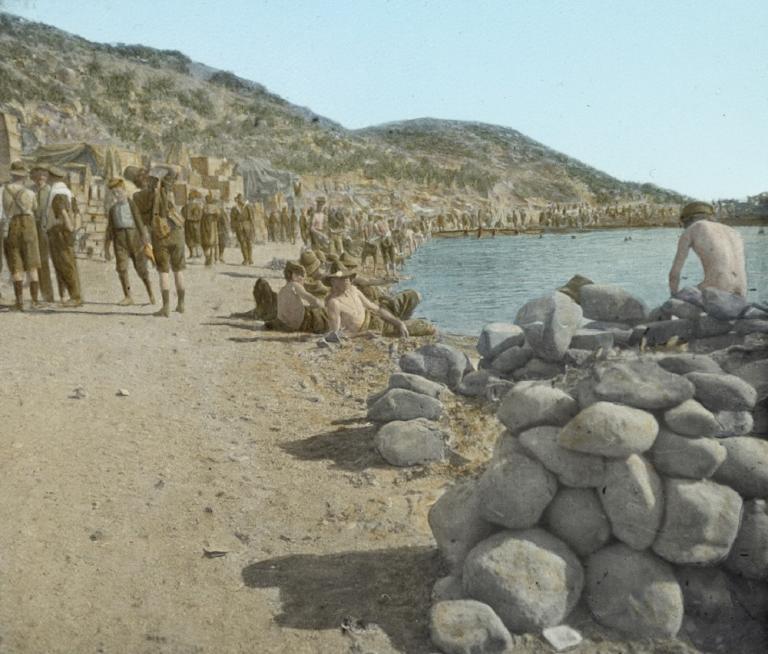
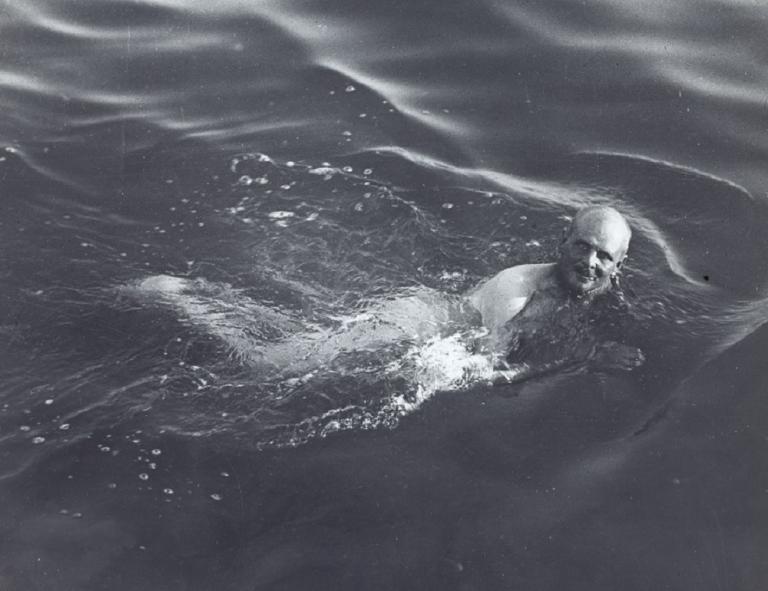
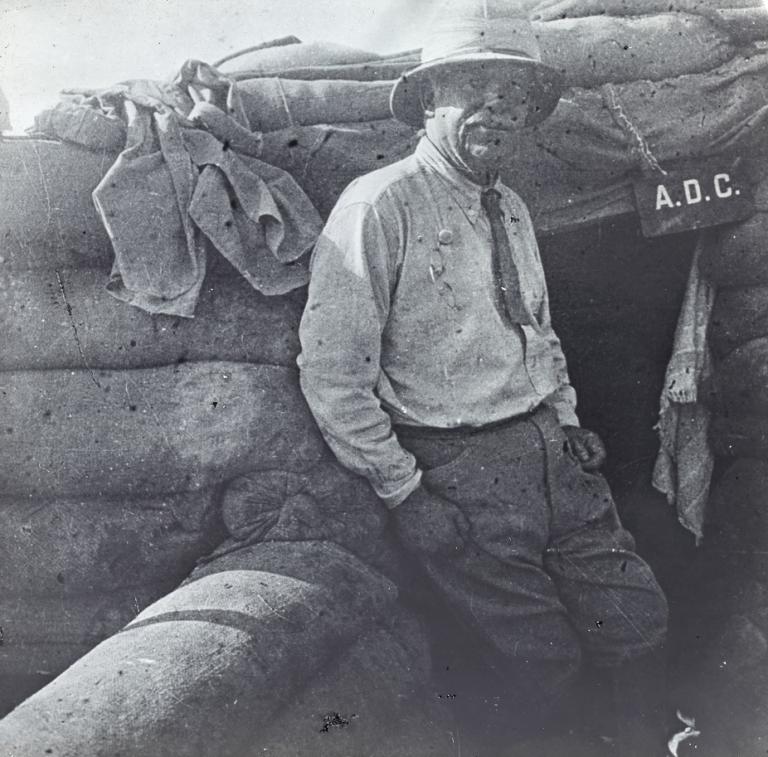
The National Film and Sound Archive of Australia acknowledges Australia’s Aboriginal and Torres Strait Islander peoples as the Traditional Custodians of the land on which we work and live and gives respect to their Elders both past and present.
